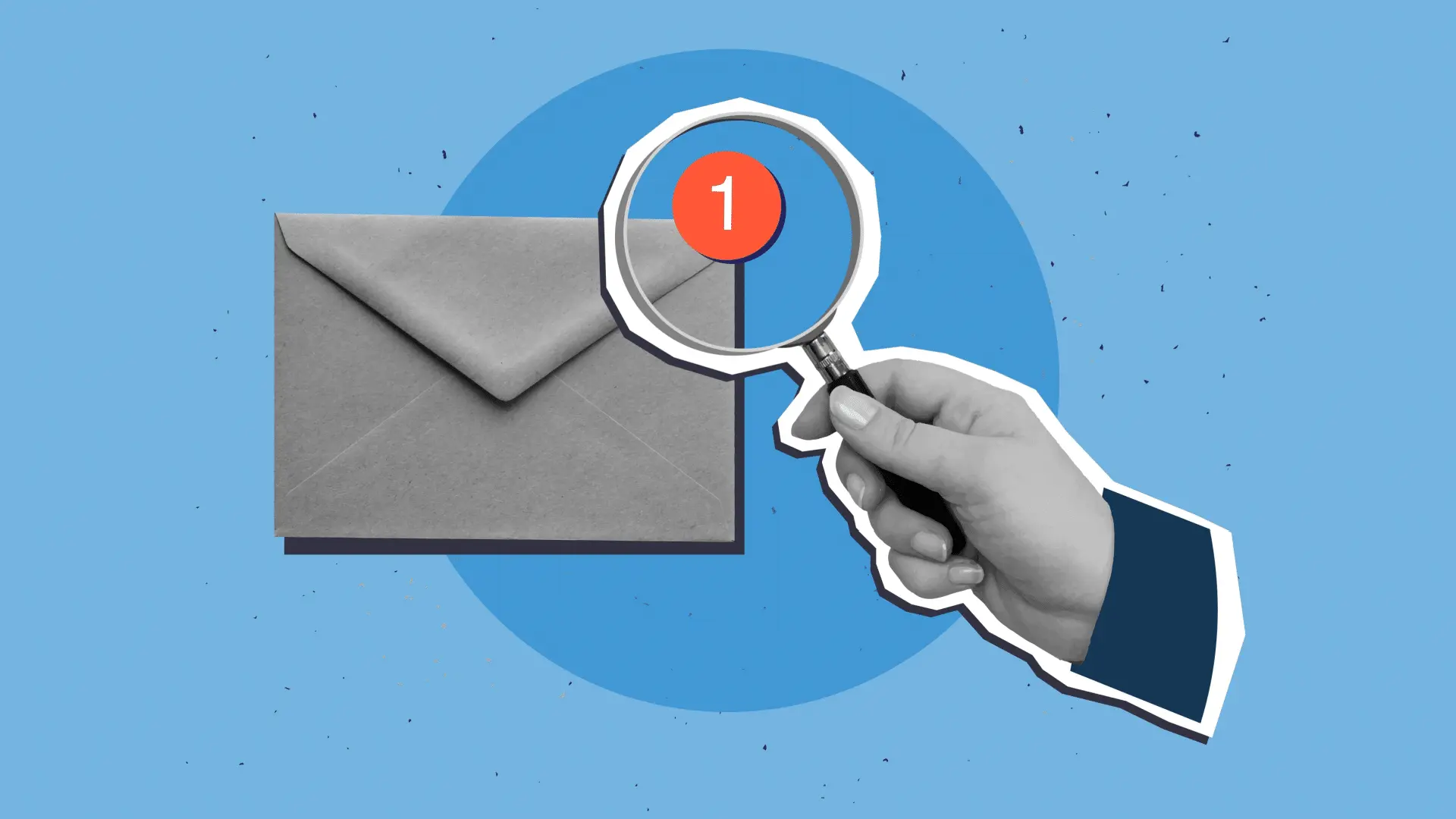Key Takeaways
- Email marketing remains an incredibly high-ROI marketing channel across industries and audience sizes when the right tactics are used.
- Key elements for stronger engagement include personalization, thoughtful segmentation, and strategic automation.
- Quality content, mobile email design optimized for mobile, and sending at the right moment can drive measurable results.
- The latest trends, such as interactive content and new privacy regulations, demand marketers to adapt and stay informed.
- Consistent testing and analysis of campaign data lead to continual improvement and sustained success.
The Lasting Power of Email Marketing
Email marketing remains a powerful tool for organizations, outperforming other channels and delivering an average return of $36 for every $1 spent. Its strength lies in its direct connection, as messages don’t get lost in social feeds or search rankings and arrive directly in people’s inboxes, ensuring businesses remain committed to this direct communication tool. This reliability makes building recognition, deepening loyalty, and driving real action easier. Robust solutions such as MediaMax’s eMAX email marketing services help brands leverage advanced targeting, automation, and creative content to reach the right subscribers at the right time. The result is more than just visibility—email lets brands foster relationships in a way few other marketing methods can achieve. With detailed analytics and real-time performance insights, businesses can continually refine their strategies for optimal impact. Email marketing also integrates seamlessly with broader campaigns, amplifying reach across multiple touchpoints. Personalization and relevance remain key as consumer expectations evolve, making well-executed email campaigns indispensable for sustained engagement and growth.
Building a List that Works for You
Every strong email strategy rest on the foundation of a great subscriber list. This isn’t about having the biggest audience possible; it’s about assembling a community genuinely interested in your offer. Start by making it easy for people to join include sign-up forms on your site, offer lead magnets like exclusive reports or discount codes, or collect emails at events and points of service. The most valuable lists are built with proper permission. When someone opts in, especially in response to honest promises or clear value, they tell you, “I want to hear from you.” Conversely, purchasing email lists or using misleading tactics almost always backfires, resulting in low engagement, spam complaints, or deliverability issues. Define expectations for your audience from the start, explaining what kind of content and frequency they’ll receive. This transparency builds trust and fosters a higher open and click rate.
Personalization And Segmentation: The Game Changers
With inboxes fuller than ever, relevance is the name of the game. Personalization goes beyond including a recipient’s first name; it’s about making every message feel made just for them. From tailoring subject lines to customizing offers based on purchase history or stated interests, the more you tailor your emails, the more likely readers will engage.
Segmentation takes personalization even further. Instead of blasting out the same message to everyone, divide your list into meaningful groups, such as frequent buyers, first-timers, or newsletter skimmers. Doing so can pay off significantly companies using segmented campaigns often see up to a 760% revenue increase, as Campaign Monitor noted. Consider creating segments based on demographics, engagement behavior, or product preferences, and develop content that speaks directly to each group’s needs, pain points, or goals. These targeted approaches drive open rates and cultivate absolute loyalty.
Automation: Working Smarter, Not Harder
Automation transforms how marketers connect with audiences without sacrificing a personal touch. Automating simple but critical campaigns like welcome emails for new subscribers, birthday greetings, purchase confirmations, or cart abandonment reminders means every customer receives timely and relevant communication. These moments foster a sense of being cared for and seen. Build out journeys for each key audience segment. For example, a new subscriber might receive a welcome sequence: an initial thank you, an introduction to your most popular content, and an exclusive offer a week later. These touchpoints are proven to nurture leads and guide them down the sales funnel, all while automating what would otherwise be a time-consuming manual process. Plus, you can add conditions and triggers if someone clicks a specific link, for instance, they might get a follow-up email with more info on that interest area. Automation isn’t just about scale but precision.
Crafting Better Content with Engagement in Mind
Content that invites engagement is at the core of every great email campaign. Start with subject lines they should spark curiosity or promise value, encouraging subscribers to open your message. Once opened, keep your copy succinct, conversational, and focused on the reader’s needs. Instead of hard selling, share tips, inspiration, case studies, or exclusive insights that benefit your audience.
- Bullet points break up long text and highlight important details.
- Engaging visuals—whether static images, GIFs, or brief videos draw attention and reinforce your message.
- Clear calls to action direct readers toward the next step, whether reading an article, claiming an offer, or replying for feedback.
Interactive elements, such as polls or clickable tabs, can boost response rates and transform passive reading into a dynamic experience. Packing value into your emails nurtures trust and turns casual readers into raving fans.
Optimizing For Mobile and Accessibility
Nearly six in ten emails are opened on a mobile device, so if your campaigns aren’t built for small screens, engagement suffers. Mobile-optimized emails use a single-column layout, use large buttons for easy tapping, and prioritize short, clear subject lines. Avoid tiny fonts and overcrowded designs; use plenty of white space for a clean, approachable look. Accessibility is equally vital—your audience may include people with varying abilities and technologies. Always include descriptive alt text for images, use strong color contrasts, and format text from largest to smallest heading for dependable screen reader navigation. By meeting these needs, you invite everyone to connect with your brand.
Timing, Frequency, and Deliverability
Even the most compelling email loses impact when delivered at the wrong time. Timing can influence whether your message is opened or lost in a morning inbox flood. While studies often point to mid-morning during weekdays as optimal, the truth is that best practices vary by industry and audience. Don’t hesitate to experiment try A/B testing different days or time slots to discover your audience’s habits. Likewise, respect for frequency is paramount. Bombarding subscribers with too many emails often result in unsubscriptions or complaints. Encourage recipients to set their communication preferences, allowing them to choose how often they hear from you. This mutual respect leads to higher engagement and long-term relationships with your audience.
Adapting To the Latest Trends and Regulations
The digital landscape never sits still, and email is no exception. Interactive content, such as polls, quizzes, and image carousels, has become increasingly popular for boosting engagement and standing out in the inbox. Additionally, privacy changes from Apple’s Mail Privacy Protection to evolving global regulations require marketers to be more transparent, use double opt-in, and provide easy unsubscribe options.
Staying on top of trends is essential for continued success. Marketers excelling today are flexible, curious, and eager to adjust strategies to new realities. Regularly reviewing credible industry news and updating your practices ensures your efforts remain relevant and practical.
Analyzing, Testing, and Improving your Strategy
Savvy email marketers know that data is their most potent ally. Regularly review campaign metrics: open rates, click-through rates, conversion rates, and even unsubscribe statistics tell a nuanced story. Don’t be afraid to experiment A/B test variations in subject lines, sender names, timing, calls to action, and more. Let your findings drive improvement. If a particular style of subject line consistently boosts open rates, make it a regular tactic. If a call to action isn’t converting, refine your approach. Over time, these incremental changes build into powerful, data-driven campaigns that meet and often exceed audience expectations.
Final Thoughts
The landscape of digital marketing may shift, but the principles of effective email remain: be relevant and personal and consistently deliver authentic value. By embracing best practices like careful list building, thoughtful automation, helpful content, and ongoing adaptation, marketers using tools can continue driving real engagement and measurable results. The brands that consistently test, listen, and evolve will continue to thrive in the inbox and beyond.
Also Read-Understanding the Importance of Sales Velocity in Driving Business Growth




